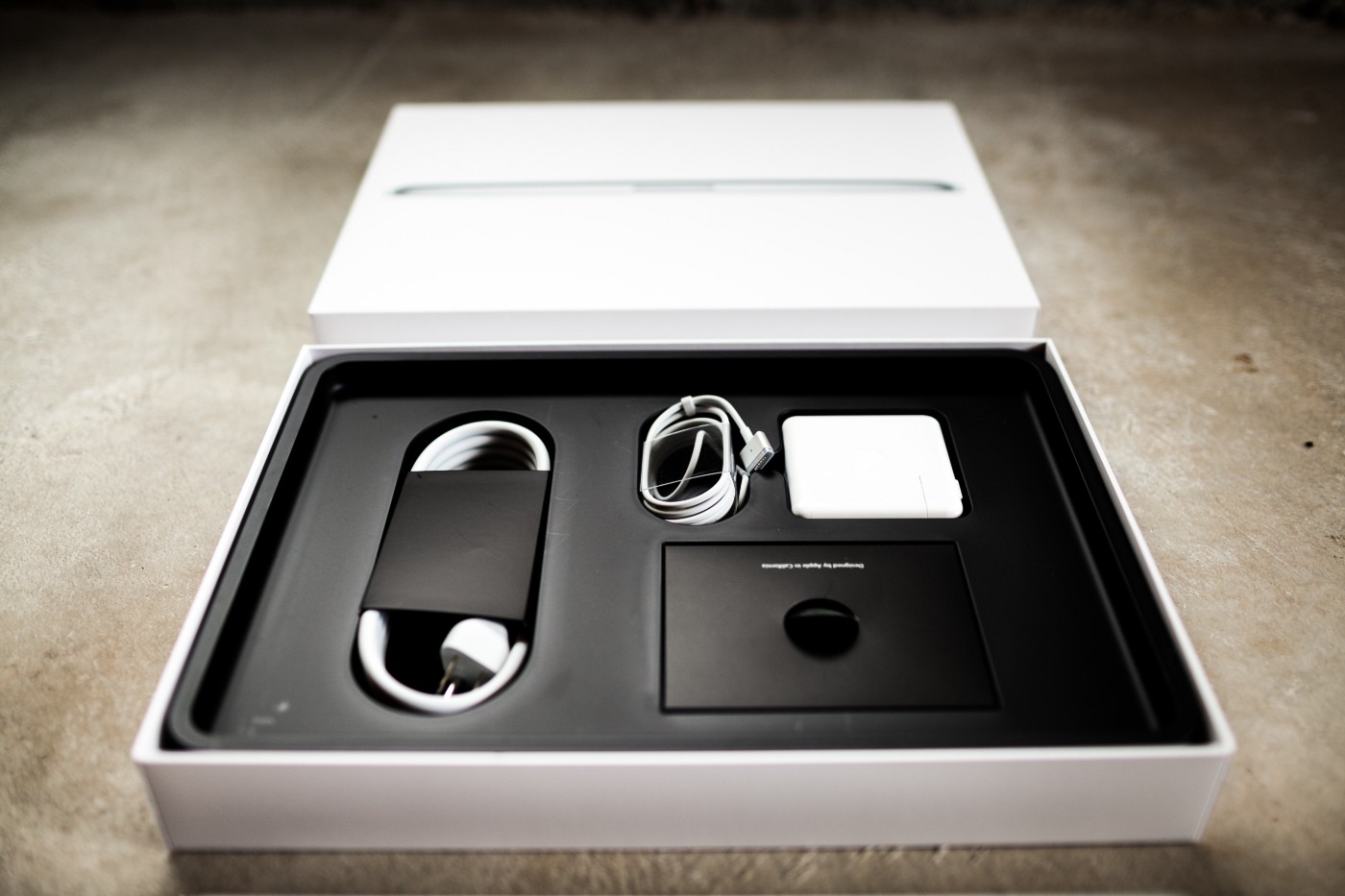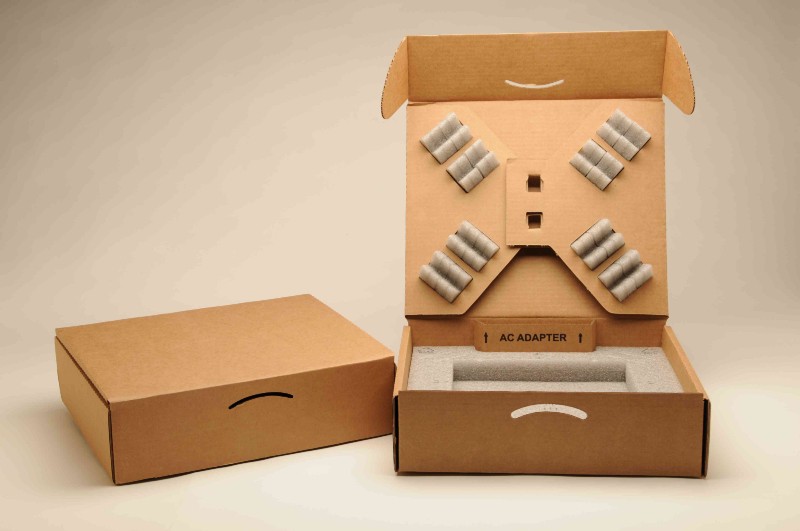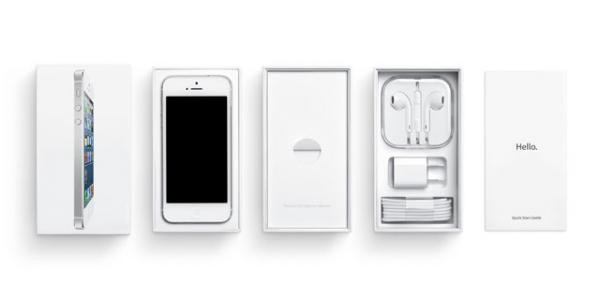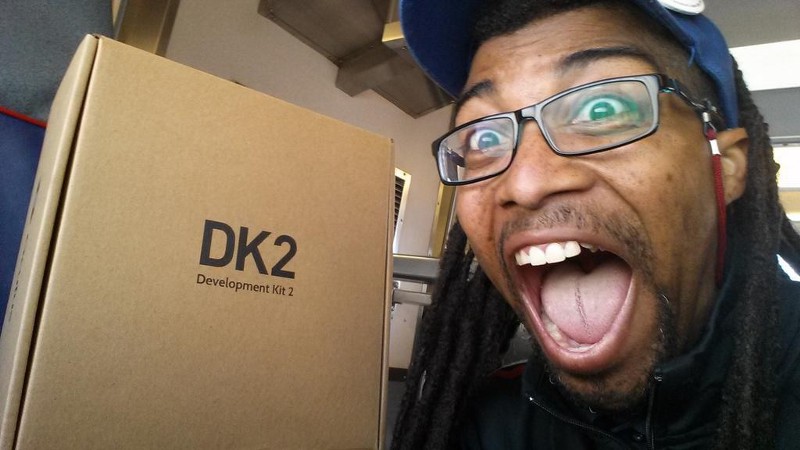
On the strategic stupidity of high-end packaging
Few people hate packaging more than I do. There are the obvious reasons: environmental unfriendliness, messy cleanup, and the sometimes unfathomable difficulty of opening the thing. These are mere tactical annoyances. Something much scarier has been happening to packaging over the past few years: It’s gotten really nice. This is bad, especially for small companies shipping their first product, and we have Apple to thank.
In the early 2000’s, Apple started spending huge amounts of time and money on packaging that mimics the product it contains (even building a “packaging lab”). This is a neat idea. After all, if a product is carefully designed, why shouldn’t its packaging reflect that same attention to detail and design?
The problem is, building nice packaging is exponentially more difficult than using standard packaging. Nice packaging has to go through the same process of design, prototyping and manufacturing as the product itself — with equal time constraints and difficulties. Let’s compare:
“Standard” packaging

A typical box (more precisely called a gift box) is made up of:
- A corrugated, die-cut cardboard box
- Single color printing on the outside
- Foam inserts and glue to hold them down
- Instruction manual
These usually cost between $0.35 to $1.50. They are typically designed in a day and cut/printed/folded in a week. There’s no custom tooling, minimal proofs, and rarely are boxes rejected due to quality.
“Nice” packaging

On the other hand, a high-end gift box is made up of:
- A cardboard box that is double-walled or chipboard and paper coated, often on both sides
- 4+ color offset printing, usually with foil and/or embossing and/or UV coatings
- Custom injection molded accessory tray or other organizers
- Often other small molded parts to hold cords/batteries/accessories/etc.
- Clear vinyl stickers on most high-gloss surfaces for scratch resistance
These kinds of boxes can cost upwards of $15 each. It can take months of development time to get every part, surface, finish and color just right. Plus, if the product changes, the packaging has to be redesigned, as well. Due to complexity, a misprinted color or other quality issue can result in millions of dollars in wasted parts.
I have a seething hatred for this kind of packaging. It makes my blood boil. Why all the rage?
#1: Focus
Young hardware companies have their hair on fire trying to build a great product. Product development, hiring, manufacturing, retail and a million other things are all priority No. 1. Packaging is a nuisance and a distraction compared to “does the product work?” and “will my business be operating tomorrow?”
Companies that focus on a great product experience usually succeed. Taking a product out of its box is a tiny fraction of that experience. Plus, most early-stage hardware companies start with direct distribution either through crowdfunding, their website, or e-tailers. Why spend extra money on a fancy gift box when the product has already been purchased?
You can only do so many things at once; focus on the things that matter.
Pro-tip: packaging isn’t one of those things.
#2: Cost
I’ve seen companies that spend more capital on their product’s packaging than on the entire product. How does this not throw up the red flag of “maybe I shouldn’t be doing this?” Expensive packaging screams wasteful consumerism even more than the $99 fitness tracker inside of it.
Hardware startups need every penny of margin they can get, especially for the first production run. Don’t spend $15 on packaging when you can spend $0.50.
#3: What Consumers Actually Care About
Despite what most consumer hardware designers believe, consumers actually don’t care about high-end packaging. Yes, some consumers perceive value from the ritualistic “unboxing” experience of products. But talk to any of these consumers a week later and ask them what they think of a product. None of them will positively bias a crappy product because of a great unboxing experience. A high Net Promoter Score will always propel a company further than a popular unboxing video on YouTube.
Consumers care about great products, not great packaging.
Boring Packaging Can Still Be Great

Always remember that you can build excitement for your product with laser focus on the experience of using the product rather than opening it. Oh, and you can also build a multi-billion dollar company with a cult-like following of users at the same time (yes, I’m talking about you, Oculus).

As an example, Pencil by FiftyThree, does a great job with elegant packaging that feels nice but is limited to cardboard. While this is more expensive than a $0.35 gift box, it presents a beautiful unboxing experience that gets out of the way fast.
Within a few seconds of pulling off the top, the product creates a moment of magic when the tip first touches an iPad screen. Minimizing the time to magic is a great way to get users to forget about packaging and start falling in love with your product.
Hardware startups, save your time, energy and focus. Direct these precious resources towards building an exceptional product in a boring box. I guarantee you, your customers will appreciate it.
Ben Einstein was one of the founders of Bolt. You can find him on LinkedIn.
Bolt invests at the intersection of the digital and physical world.
